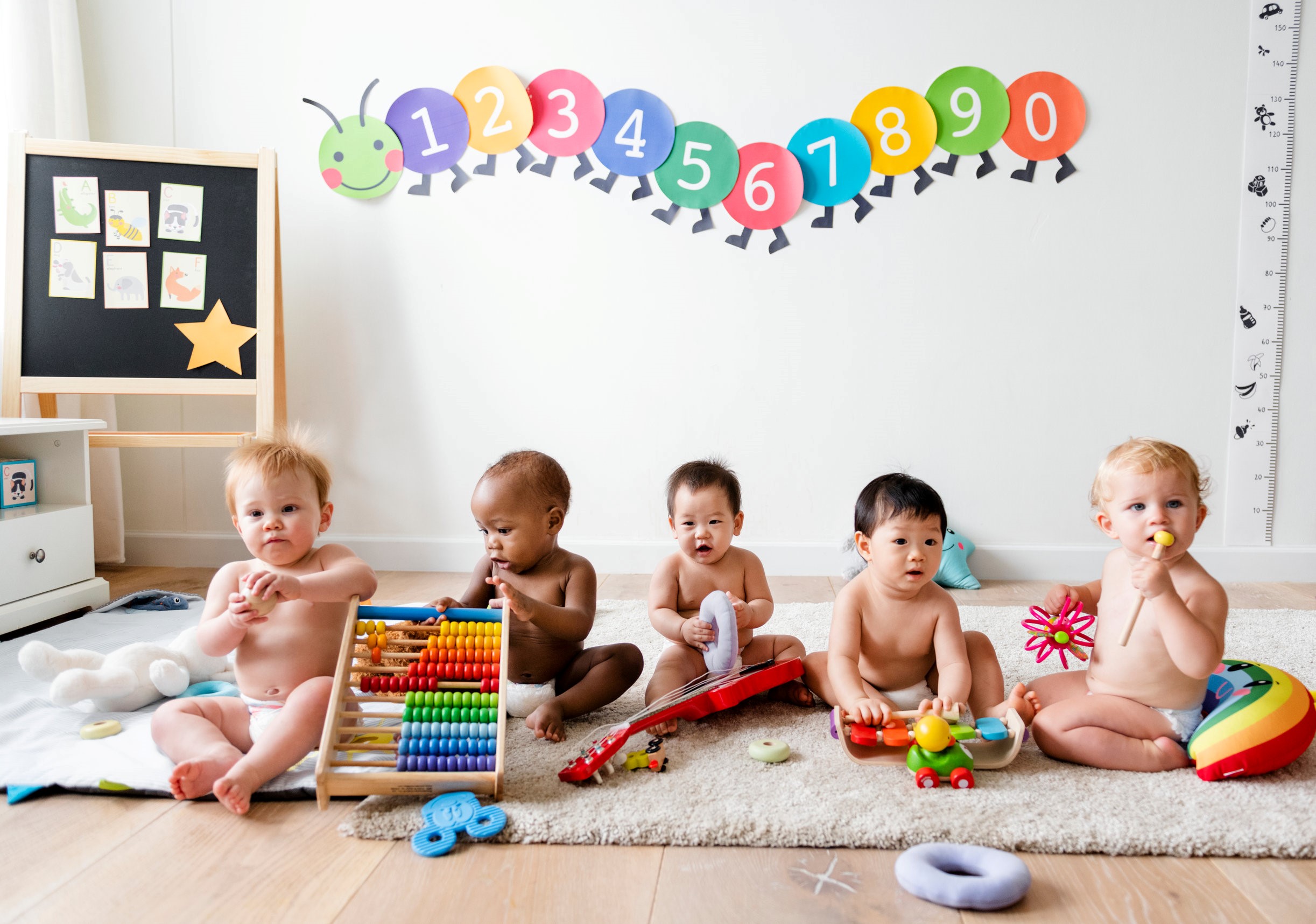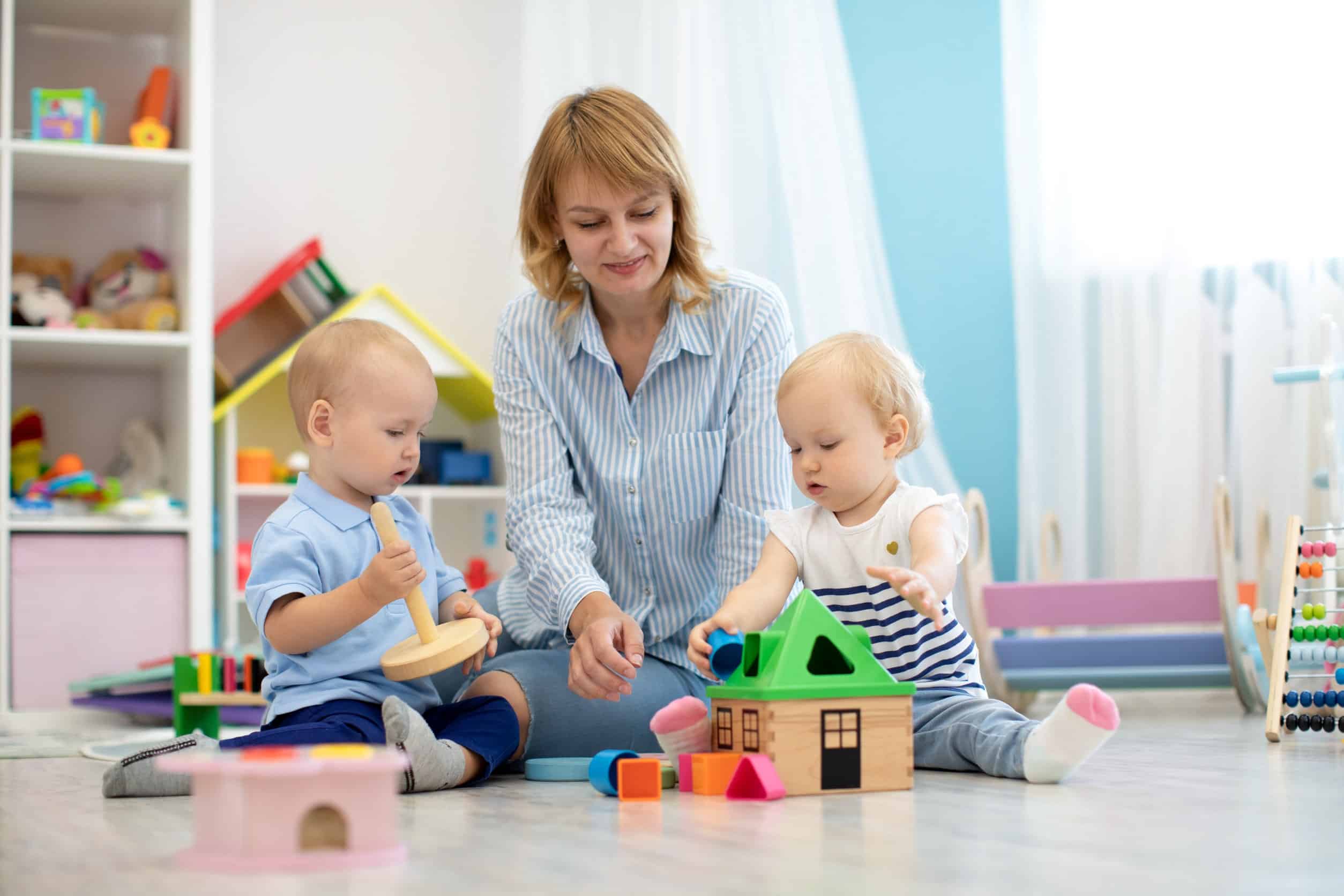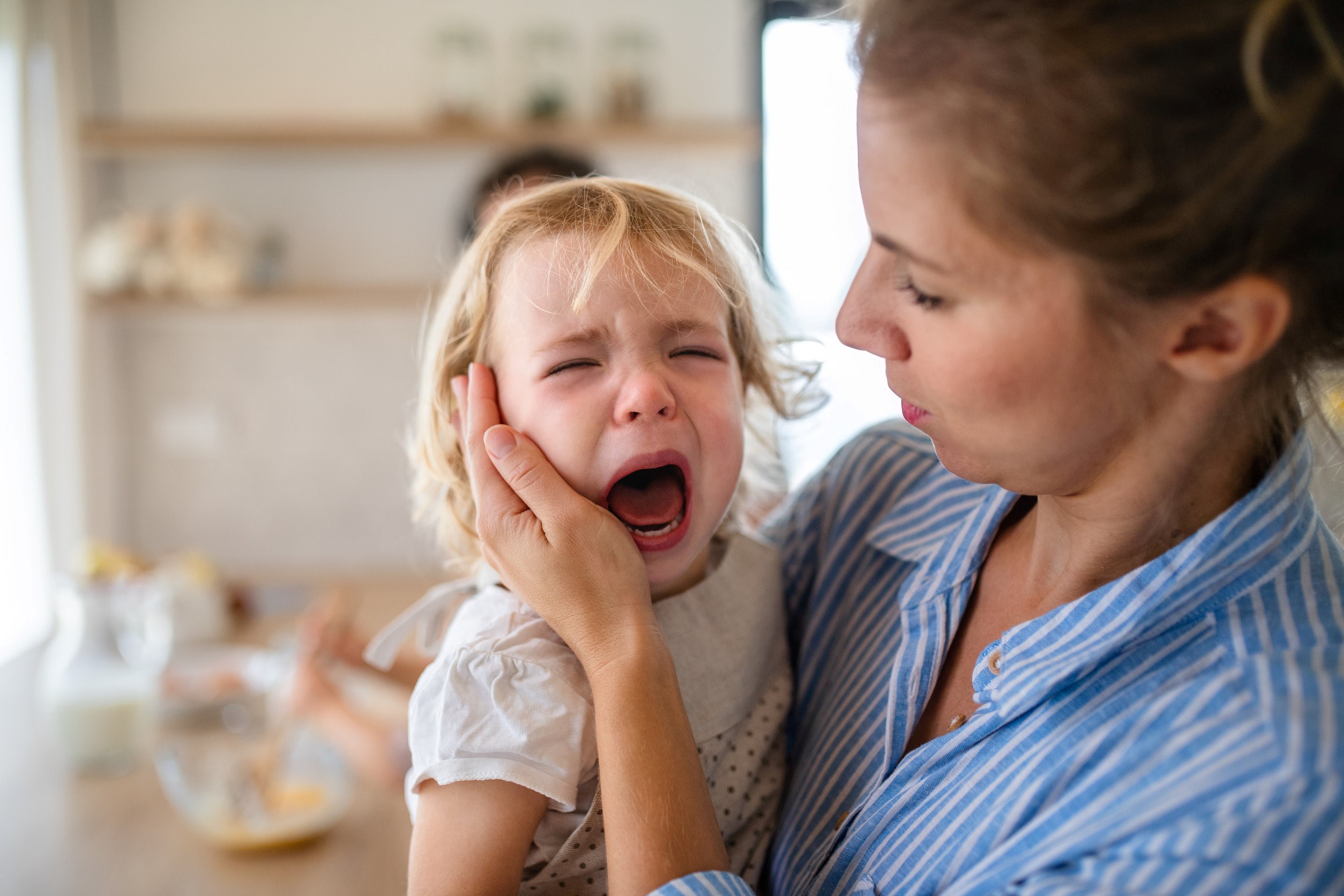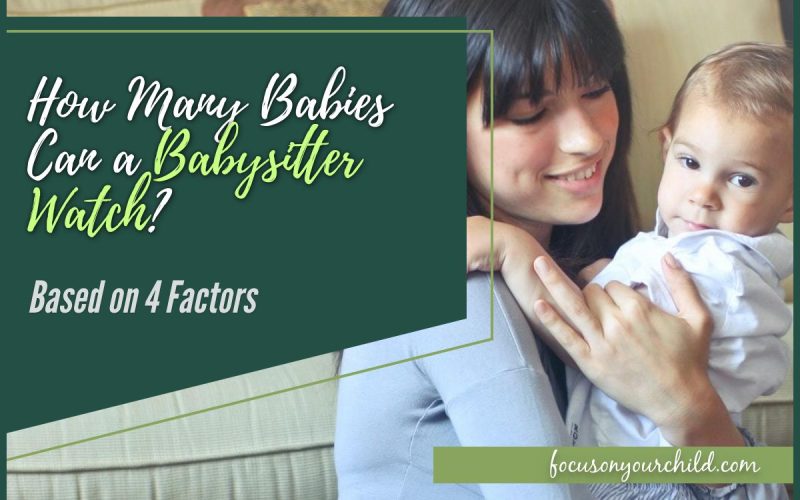While it might take a village to raise a child, a single babysitter is usually enough to manage your kids for a few hours. Babysitters should always be able to provide each child with an adequate degree of care and supervision. How many kids they can manage at any given time can vary due to a few factors.
The average babysitter (without professional training) can safely handle two kids – make it one kid if they’re dealing with a child with more intensive needs. How many kids a professional babysitter can handle varies on their experience, but most can manage at least two kids safely – they’ve likely handled even more in a daycare setting.
Some kids might be very young, struggle to interact with strangers, or otherwise require special accommodations that could make it tougher for their babysitter. Be mindful of your babysitter’s limitations, and never leave them with more children than you believe they can responsibly manage.
State legislation on childcare varies a lot between areas, but even the strictest states still allow a single caretaker to handle two infants (or three children above that age) at a minimum.
There’s also a huge difference between babysitting and daycare services. We’ll cover the specifics of that down below to help you avoid any problematic legal mishaps.
State Legislation
In the USA, the legislation for childcare is state-dependent. While they tend to agree on a minimum age (namely that the babysitter needs to be at least 13 years old), there’s surprisingly little legal documentation regarding qualifying factors like minimum experience, caretaking duration, etc.
The main aspect these regulations focus on is the number of children they’d care for, along with those children’s respective ages.
The guidelines we’ve noted correspond mostly to daycare workers, as their industry is very tightly regulated. Using in-home daycare centers for reference provides a safe approximation to home-based babysitting services – the majority of examples below apply to infants, and you’ll be well within legal limits provided you keep your babysitting shifts below these cutoff points.
How Many Babies Can a Babysitter Watch?
| State | Caregiver-to-Child Ratio (Age) |
| California | 1:4 (Below 9 months old)
1:6 (Above 9 months old) |
| Connecticut | 1:2 (Below 1 year old) |
| Michigan | 1:4 (Below 1 year old) |
| Maryland | 1:3 (Any age) |
| Wisconsin | 1:4 (Below 2 years old) |
| Utah | 1:2 (Below 1 year old) |
| Pennsylvania | 1:4 (Below 9 months old) |
| Texas | 1:3 (Below 1 year old) |
No matter the area, caretakers are always permitted to care for up to two infants – or three kids past that age – without any potential legal ramifications. Anything past that quantity needs you to check in with your state’s laws on the topic.
Babysitting vs Daycare

While babysitting can be a side gig, daycares are an industry with much stricter guidelines to follow. The people employed here all have specialized education, dedicated training, and plenty of experience in childcare services. The only constraint for professional caretakers would be the legal limit of kids they can care for, which as mentioned above vary significantly between states.
Amateur babysitters usually don’t have those advantages, and in some cases might not even come in with starting experience. While you can technically leave them with as many children as state law permits, your first priority is ensuring they can provide the proper level of care for all of your kids.
Try to get a feel of how they’d babysit first – maybe leave them with just one child, or have them take care of all your kids for a shorter time. It’s crucial to do this step when they’re starting out with your family, as they’d have very limited experience dealing with your children.
Prior Experience and Training
Prior experience and training are important factors used to determine your babysitter’s competence, but these won’t always be objectively measurable. Some babysitters can do an amazing job despite lacking academic certifications – soft skills like communication, care, and patience are more crucial than credentials when interacting with children.
Experience with Children

How much experience does your current babysitter have with children in general? They might have dealt with their younger siblings growing up, they might have handled some other family’s kids before, or they might even have children of their own they take good care of.
Prospective babysitters will likely mention all the other instances they looked after children. It doesn’t necessarily have to be experience gained “on the clock” for it to count in their favor, though we still recommend corroborating their stories when possible.
If they’ve been consistently taking care of families with more kids or grew up taking care of a few siblings, they’re likely rock solid when it comes to dealing with children.
Experience with YOUR children
Your children come with unique quirks that you’re accustomed to, but it could be a bit of a learning curve for your babysitter. Once they’ve properly familiarized themselves with your children, though, their responsibilities will become far more manageable.
It’s important to provide them with key information to bridge that gap. A rundown of your children’s likes, dislikes, and expectations while being cared for makes for a strong starting point. This puts your babysitter in a great position to meet your children’s specific needs.
Coordinate with your caretaker to minimize the hassle for everyone involved, and be sure to provide some fallback choices in case their session doesn’t pan out as planned.
Eventually, your babysitter will end up experienced enough with all your kid’s needs to handle them without issue. The quicker you can get them to this point, the better!
The Children’s Age
Children at certain ages have different demands that need to be met.
Infants (1-year-old and below) essentially need to be waited on while they’re awake. Some might also be difficult to handle if they’re too attached to their mothers – this usually happens the first time you have someone else watch over them.
Experienced caretakers can handle bridging this, though it’ll still be a somewhat demanding ordeal. Amateur babysitters will likely struggle during these cases, though some rare exceptions may have prior experience handling this. Infants are the most demanding age group to accommodate, but fortunately, things ease up significantly past this point.
If your babysitter could handle two infants already, they’d most likely be up to the task of taking care of three kids past that age. The latter group requires much less constant scrutiny – there won’t be any problems so long as their physical and emotional needs are met.
Remember: food and play will go a long way.
Specific Accommodations

Specific accommodations demand more attention from your babysitter, and the means they have to do so are more restricted than how they would be for parents.
For instance, if your child was picky or pushy about food, you as a parent could discipline them. You could take away a privilege to get their attention, and they’d respect your authority. Babysitters don’t have that luxury – at best, all they’d have at their disposal would be stern words and the ability to tell on them. If your child refuses to acknowledge your babysitter’s authority, there won’t be much the latter can do about it without overstepping boundaries.
Your children might also have phobias, anxieties, or cognitive needs that require different approaches from your caretaker. Children with phobias or separation anxiety need to be met with a gentle hand, and your babysitter may not have that training or understanding. Children with special cognitive needs might frustrate someone unequipped to meet them.
Even if you give them an advanced warning with a briefing, your babysitter won’t start nearly as prepared as you would be in the same scenario.
If you don’t believe your babysitter can watch multiple children with specific accommodations, it’s best to err on the side of caution and lower the number of kids they need to take care of.
Final Thoughts
The number of babies a babysitter can watch varies depending on both the babysitter and the kids they’ll be managing. Generally, though, you can safely leave two kids with most babysitters and expect them to be responsibly supervised.
You can leave more kids with them, but be mindful of potential state legal limitations, your caretaker’s level of training, experience, and familiarity, and most importantly your child’s needs before making that decision.
